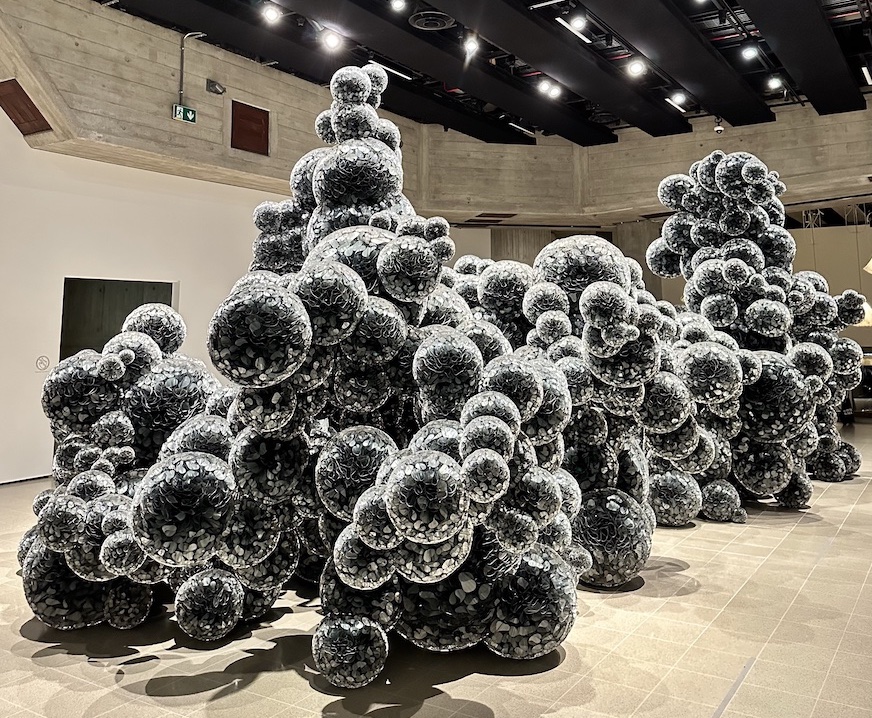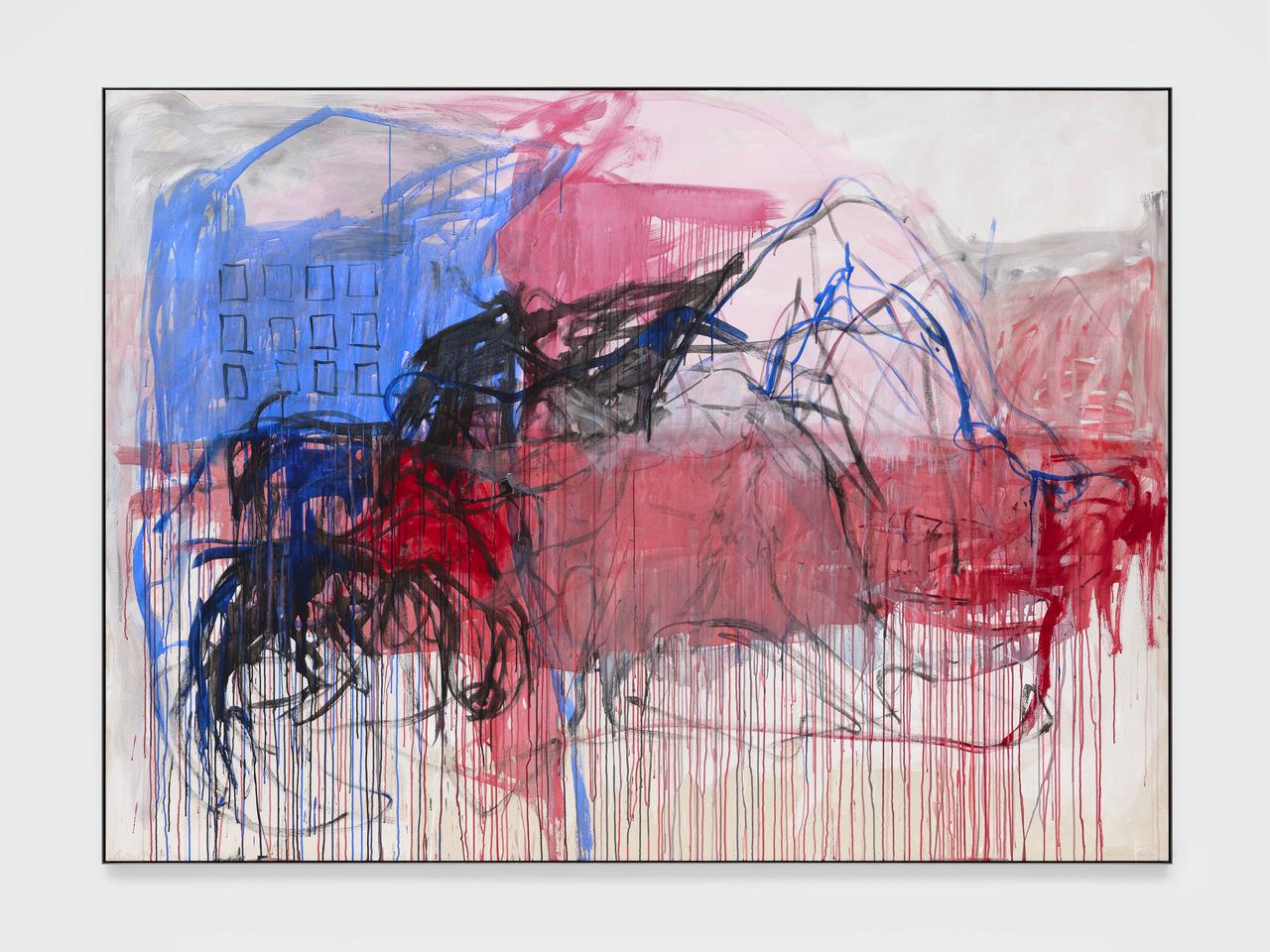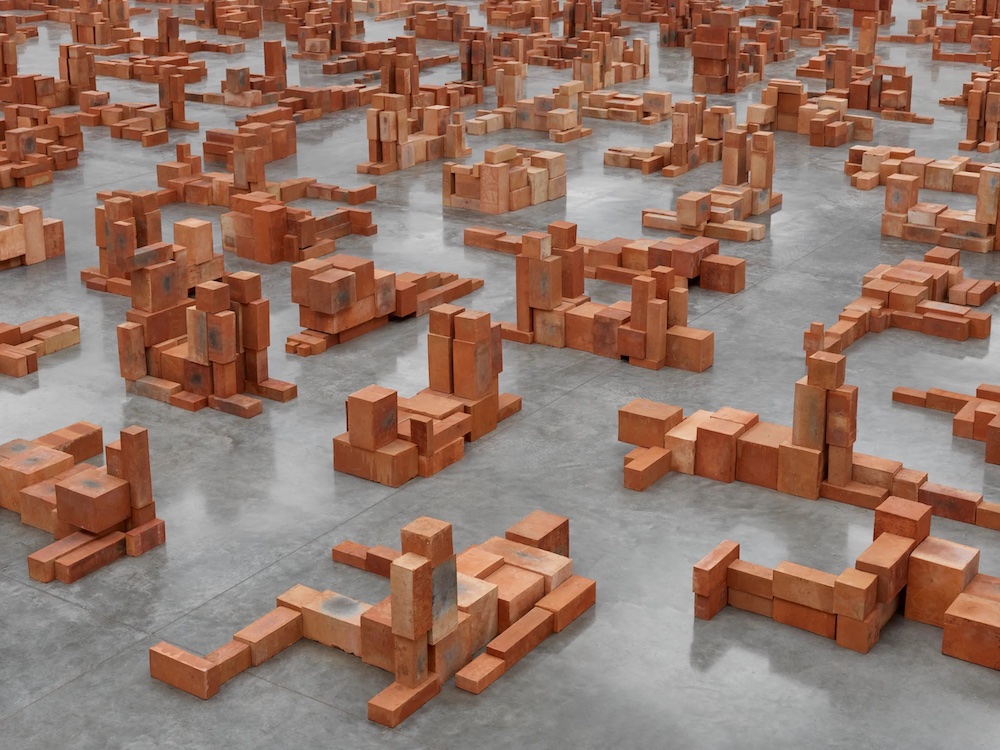This week, the Mexican artist Teresa Margolles unveiled Mil Veces un Instante (A Thousand Times in an Instant)—a breathtaking, brutalist homage to trans life in the form of a 3.6-ton cube. It is the fifteenth work to ever be exhibited on the Fourth Plinth, the prestigious rotating public art project located in London’s Trafalgar Square.
A Tribute to the Trans Community in the form of a Tzompantli
Mil Veces un Instante is lined with plaster casts of the faces of 726 trans, nonbinary, and gender non-conforming people, formed in neat, perfect rows along the sculpture’s perimeter. The arrangement of the casts around the plinth references the form of a Tzompantli—a skull rack from Mesoamerican civilizations used to display the remains of war captives or sacrifice victims.
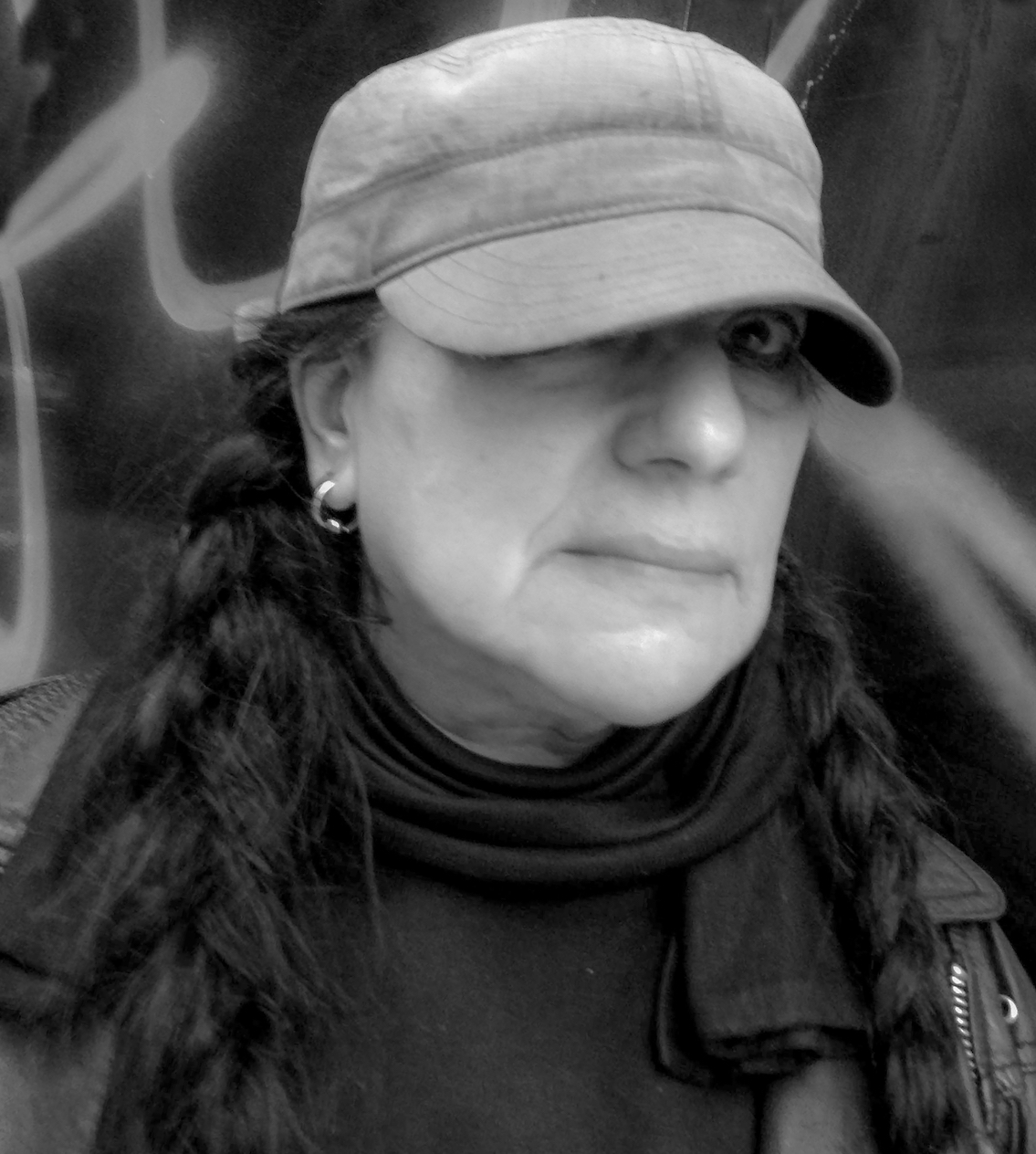 Teresa Margolles. Photo by Antonio De la Rosa.
Teresa Margolles. Photo by Antonio De la Rosa.
Teresa Margolles’ Sacred Art Is Informed By Her Background in Forensic Pathology
“Through this structure, there is a return to the human, the primal, the sacred,” Margolles explained. She was compelled to create this sculpture as a tribute to her friend Karla, a trans woman, folk musician, and sex worker who was murdered in Juárez, Mexico in 2015. (The murder remains unsolved.)
Margolles worked with community groups across Mexico and the United Kingdom to create the casts, applying plaster directly onto the faces of participants. Their hair and skin cells are infused into the material, adding yet another layer of bodily depth to the project—and nodding to the skills the artist cultivated during the beginning of her career as a forensic pathologist. Margolles’ efforts yielded a truly staggering sculpture: it is over eight feet tall, causing the viewer to feel dizzy from its weight and the morbidity of its content.
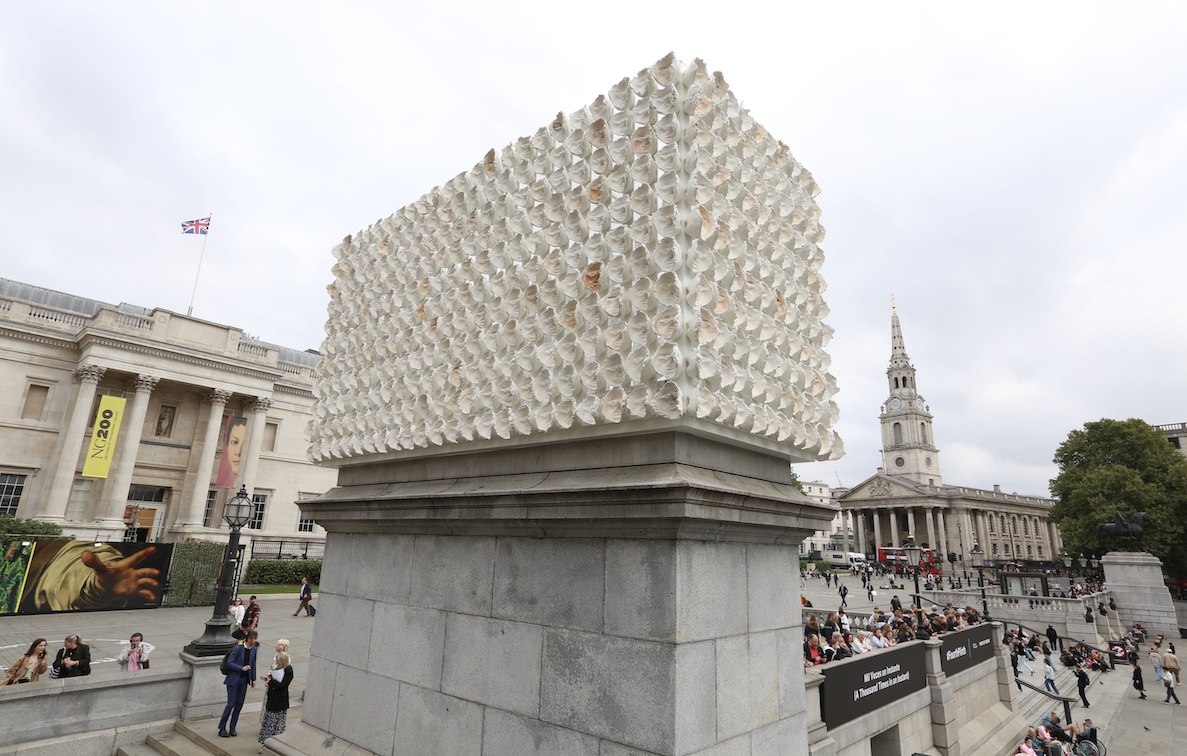 Mil Veces un Instante (A Thousand Times in an Instant) by Teresa Margolles. © James O Jenkins
Mil Veces un Instante (A Thousand Times in an Instant) by Teresa Margolles. © James O Jenkins
Grappling with the Effacement of Trans Lives and Individual Identities
Over time, the damp weather of London will cause the distinct features of each face to fade, blurring them into an amorphous, anonymous entity. It is an intentional choice which mirrors the way our memories of trans and marginalized lives are often eroded instead of immortalized.
“This collective sculpture… stands not only as a display of resilience and humanity from the trans plus/non-binary community but also as a reminder of the murders and disappearances that still occur, especially in Latin America,” said Margolles. “We pay tribute to those who were killed for reasons of hate, but above all, to those who live on.”








